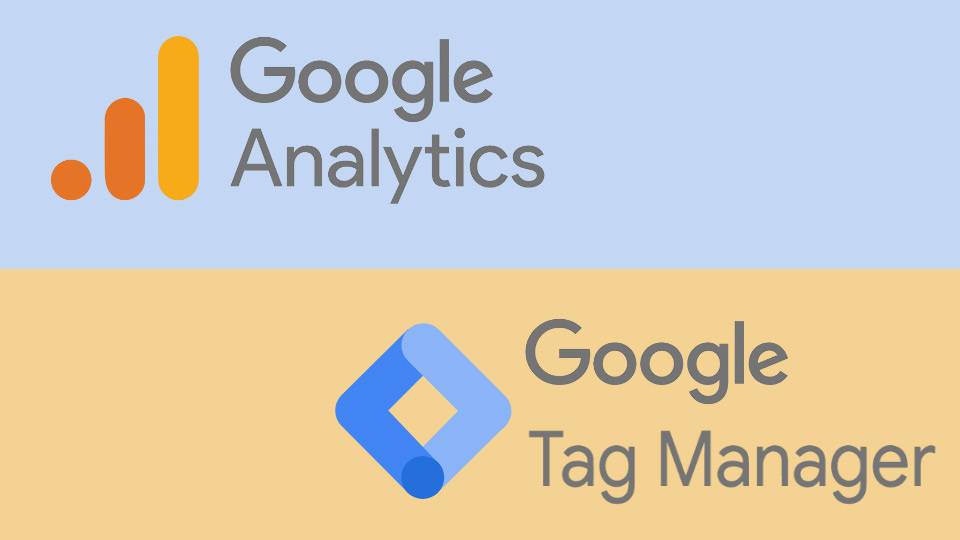
Entering the new age of technology and AI, businesses must be able to effectively harness data to make informed decisions that drive sales and growth. As businesses use this invaluable information to optimise their online presence, two powerful tools emerge as frontrunners: Google Analytics and Google Tag Manager. Both platforms offer unique capabilities that can drive better decision-making and foster growth. But which platform works best for your business?
In this article, we will explore the key differences between Google Analytics and Google Tag Manager, allowing you to determine which best suits the needs and requirements of your business’s digital marketing plan.
Understanding Google Analytics
Google Analytics is a robust web analysis tool that provides detailed insight into your website’s performance, user behaviour, and traffic sources. These metrics are critical to the success of your business’s online presence. With page views, bounce rates, conversion rates, and click rate analysis, businesses can uncover a comprehensive understanding of the website’s performance.
Moreover, marketers can uncover valuable audience demographics and interests, allowing businesses to tailor their digital marketing strategy for maximum impact. In addition to this, Google Analytics offers a wealth of pre-built reports, customizable dashboards, and goal tracking, providing you with actionable data-driven insights.
Unlocking the Power of Google Tag Manager
Google Tag Manager is a tag management system that simplifies the process of implementing tracking codes and managing various marketing tags on your website. By controlling all tracking codes in a central place, there is a reduced need for manual coding, which enhances the overall efficiency of digital marketing efforts.
Businesses can seamlessly integrate features with third-party tools and platforms, such as Google Analytics, AdWords, and Facebook Pixel, expanding their measurement capabilities and enabling advanced remarketing and tracking features. In addition, businesses can empower their marketing team to quickly deploy and update tracking codes without relying on developers, resulting in faster implementation and more agile marketing campaigns.
Google Analytics vs. Google Tag Manager: Which is best for you?
When it comes to choosing between these two data management platforms, it comes down to the capabilities and functions that each offers.
● Google Analytics is the go-to option for detailed insights into your website’s performance and user behaviour. It provides a full report suite, real-time data, and extensive segmentation options.
● Google Tag Manager, on the other hand, is an excellent solution for streamlining your marketing operations, enhancing website agility, and simplifying the maintenance of different tracking codes.
Combination: The Synergy Behind Integration
The ultimate goal lies in combining the strengths of both platforms. Businesses can use Google Tag Manager to integrate and manage tracking codes for Google Analytics, which unlocks advanced features and leverages the full potential of data-driven marketing. This allows you to gain better knowledge of user journeys, conversion funnels, and customer behaviour by adopting advanced e-commerce monitoring, cross-domain tracking, and custom event tracking with the combined capabilities of Google Analytics and Google Tag Manager.
To learn more about the power of Google Analytics and Google Tag Manager and how to integrate them to create a better marketing experience, contact Net Branding Limited.






